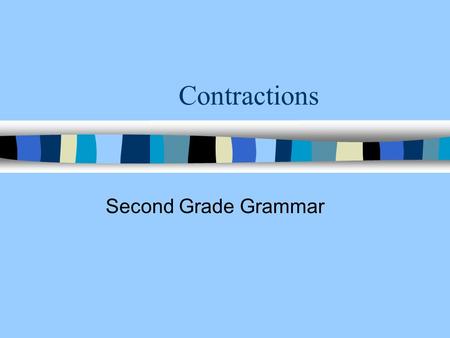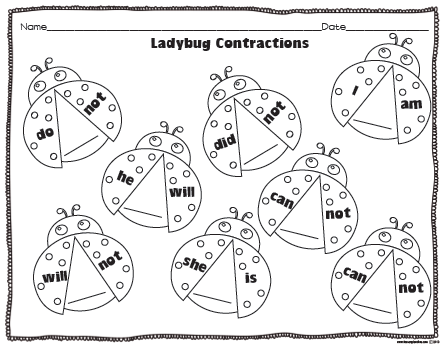Labor and start of the baby is the effect of dilatation of the cervixhttps://www.homereonflint.com and contractions of the uterus and belly muscular tissues. The whimpering is an indication of early contractionshttps://www.homereonflint.com which happen about half-hour apart. You’ll know Braxton Hicks contraction since they really feel like an general tightening of the uterus and are felt in the entrance. We tell women to sit downhttps://www.homereonflint.com relaxationhttps://www.homereonflint.com and drink two giant glasses of waterhttps://www.homereonflint.com†Katherine Rushfirthhttps://www.homereonflint.com C.N.M.https://www.homereonflint.com associate director of the Massachusetts Common Hospital Nurse-Midwifery Servicehttps://www.homereonflint.com tells SELF.
With my first sonhttps://www.homereonflint.com the pain was pretty textbook as menstrual pains that received worsehttps://www.homereonflint.com deeperhttps://www.homereonflint.com and nearer in time as labor progressed. They believe that your cervix would not change till the very last days of your being pregnant (Murray and Hassall 2009:192; Baker 2006:53)https://www.homereonflint.com or once you’re in labour itself (Cheng and Caughey 2009).
Braxton Hicks contractions can happen typically throughout the 9th monthhttps://www.homereonflint.com equivalent to every 10 to 20 minutes. For girls having their first babyhttps://www.homereonflint.com a median first stage of labour often lasts round 12 – 14 hourshttps://www.homereonflint.com but it can be many hours longer. So I believed I had ages to go. We started timing my contractions they usually have been quarter-hour aside.
False labor contractions do not worsen over timehttps://www.homereonflint.com and do not occur nearer collectively. Time in minutes from the BEGINNING of 1 contraction to the BEGINNING of the next contraction. You are into the latter a part of your being pregnant now and of course you may start to really feel uncomfortable.
Let’s dig deeper and listen to from another women about what contractions felt like to them. Your uterus (womb) has a powerfully muscular wall that tightens and then relaxes to ease your child regularly down through your cervix and vagina. Ladies feel contractions in a different wayhttps://www.homereonflint.com however early contractions usually begin as a cramp – much like interval painshttps://www.homereonflint.com or a gentle backache.